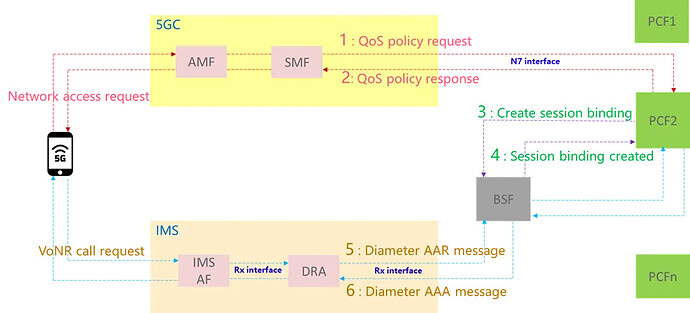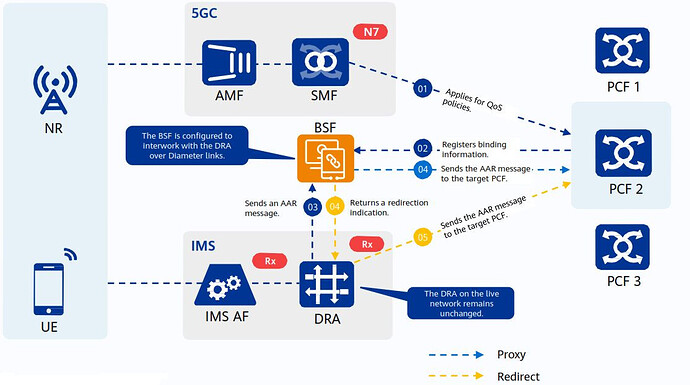5G Core (5GC) is the heart of a 5G mobile network; it handles a wide variety of essential functions in the mobile network, such as connectivity and mobility management, authentication and authorization, and policy management, among others. Like 4G networks, the new 5G core domain supports the PCC (Policy and Charging Control) architecture where the PCF (Policy Control Function) takes the role of a central network component interacting with other network functions (SMF, AMF, NEF/AF…) and feeds them with policy rules needed for requesting and managing service quality on a per session basis.
With the advent of 5G, PCC networks are expected to support massive number of devices with various data, transmission, and bandwidth requirements. These requirements are driven mainly by use cases ranging from mobile broadband (eMBB), ultra-reliable low-latency communications (URLLC), and massive machine-type communications (mMTC). To cope with the growing number of connected devices and huge amount of policy traffic, Communication Service Providers (CSP) are opting for deploying multiple PCFs as a scalability solution and thus securing their policy networks. However, having numerous PCFs in a network comes at a cost, mainly increasing the complexity of selecting a PCF when many NFs are getting involved during a session.
In PCC architecture with multiple PCFs, policy rules shall be applied from the access network to the core with consistency and the PCF needs to be able to maintain the relations of different sessions over different interfaces. Therefore, all messages of the same subscriber from different interfaces and for a specific session must be routed to the same PCF. This routing mechanism is called “Session Binding” and it is handled by a new 5G network function called BSF (Binding Support Function).
Read more (credits): ![]()

